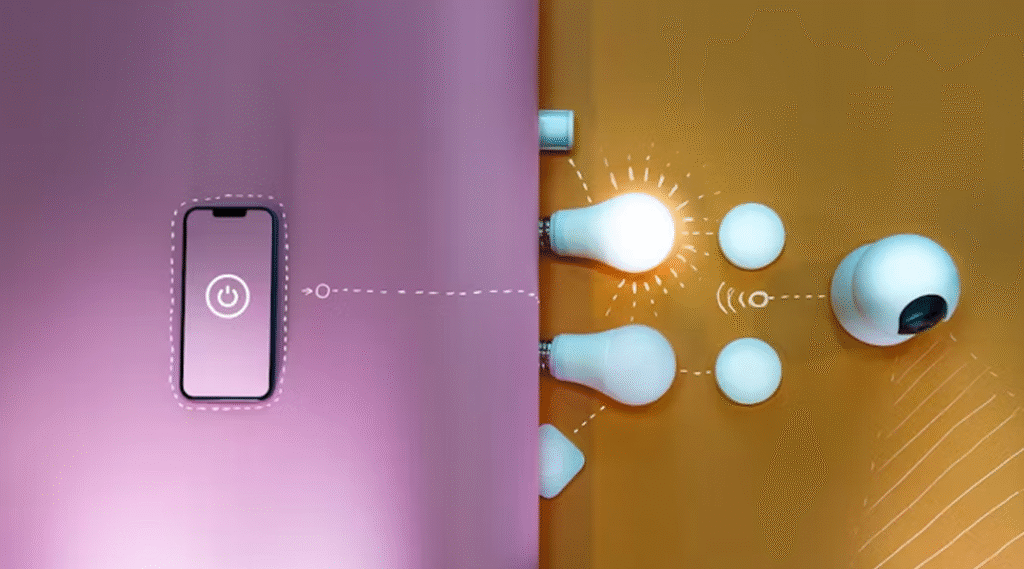In today’s connected world, smart home products—from voice assistants and security cameras to smart thermostats and lighting systems—offer unparalleled convenience and efficiency. However, they also raise significant privacy concerns.
1. Choose Privacy-Focused Brands and Devices
When shopping for smart home products, prioritize brands with transparent data practices and strong security track records. Look for:
- Privacy Policies: Brands that clearly outline what data they collect, how they use it, and whether they share it with third parties.
- Regular Security Updates: Devices that receive frequent firmware patches to address emerging vulnerabilities.
- Local Data Storage: Options that allow data to be stored locally on your home network rather than in the cloud.
2. Secure Your Home Network
Your home network serves as the backbone for all connected devices. To fortify it:
- Change Default Credentials: Immediately update default usernames and passwords on your router and smart devices.
- Enable WPA3 Encryption: Use the latest Wi-Fi security protocol to prevent unauthorized network access.
- Segment Your Network: Create a separate guest or IoT network for smart devices, isolating them from personal computers and smartphones.
3. Implement Strong Authentication Measures
Weak or reused passwords are a common entry point for attackers. Strengthen access controls by:
- Using Unique, Complex Passwords: Employ a password manager to generate and store strong credentials for each device.
- Enabling Two-Factor Authentication (2FA): Add an extra layer of security by requiring a second verification step for device management apps and cloud accounts.
- Regularly Updating Passwords: Change critical passwords every 3–6 months, especially after any security incident.
4. Minimize Data Collection and Sharing
Smart home devices often collect vast amounts of personal data. Limit data exposure by:
- Disabling Unnecessary Features: Turn off voice recordings, location tracking, or activity logs if you don’t need them.
- Reviewing App Permissions: Audit and revoke permissions for camera, microphone, or location access in your companion apps.
- Opting Out of Data Sharing: Where possible, decline analytics or marketing data-sharing prompts.
5. Regularly Monitor and Audit Your Devices
Ongoing vigilance helps detect unauthorized access or suspicious behavior:
- Check Device Logs: Review access logs and usage history in device management portals.
- Update Firmware Promptly: Enable automatic updates or routinely check for new firmware releases.
- Conduct Periodic Security Audits: Test device integrations and network configurations quarterly to ensure they meet best-practice security standards.
6. Use Strong Encryption and VPNs for Remote Access
When controlling your smart home from outside your network:
- Employ End-to-End Encryption (E2EE): Select devices and services that encrypt data from your device to the server and back.
- Leverage a VPN: Route remote access traffic through a reputable Virtual Private Network to mask your IP address and protect data in transit.
- Avoid Public Wi-Fi: If you must use public hotspots, always connect through your VPN before accessing smart home controls.
Require Proactive Choices
Protecting your privacy in a smart home environment requires proactive choices—from selecting reputable brands and securing your network to minimizing data sharing and monitoring device activity. By implementing these six strategies, you can enjoy the benefits of modern smart home technology while keeping your personal data safe and under your control.
More for smart IoT:
Competing the Skies: Deep Analysis of Major Drone Players’ Advantages and Disadvantages
Beyond Keys and Codes: Strategies for Winning the Smart Lock Race
As for in-depth insight articles about AI tech, please visit our AI Tech Category here.
As for in-depth insight articles about Auto Tech, please visit our Auto Tech Category here.
As for in-depth insight articles about Smart IoT, please visit our Smart IoT Category here.
As for in-depth insight articles about Energy, please visit our Energy Category here.
If you want to save time for high-quality reading, please visit our Editors’ Pick here.



